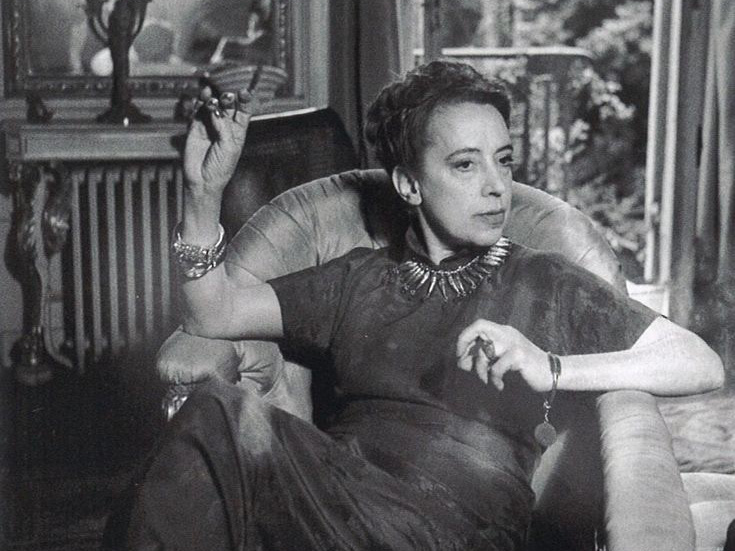Before WWII, Paris was the City of Light, a center for jazz music, and fashion. While authors like F. Scott Fitzgerald were off partying to help them find inspiration, their wives and girlfriends were paying visits to the famous Haute Couture houses in Paris. They drank Champagne in their Chanel little black dresses and played golf in their Schiaparelli bow sweaters. Even through the '30s, which brought economic hardship to many, the French did what the French did best—partied, which demanded many Haute Couture gowns.
However, in the summer of 1940, the lights of Paris were put out by Nazi boots marching throughout the city. Many couture houses closed their doors, refusing to create for the Nazis. Some, however, designed for the Nazis’ wives, such as Lelong, whose star designer at the time was Christian Dior. Throughout the occupation, the designers who remained open, faced heavy restrictions. Their designs were dictated by the Nazis, who found that sponsoring these designers would win them the approval of the aristocracy, whose money helped fund the Nazi effort.
After four years of occupation, the Nazis suddenly cleared the streets of Paris. Only a few months later, news of the Nazi surrender and the death of Hitler reached Paris. Parisians filled the streets in celebration. Coco Chanel threw a party, but Chanel's celebration didn’t last long. It turns out that working for your Nazi lover as a spy doesn’t make you look too good, especially to the French government. In the end, Chanel fled to self-exile in Switzerland and remained there for almost a decade to avoid prosecution for her war crimes.
Those designers who remained soon concluded that no one wanted to buy their expensive and “fabric-wasting” designs. Nonetheless, they had to continue designing, or else they would have to permanently shut their doors. It was the Chambre Syndicale de la Couture Parisienne that brought the designers together for the first time to create a showcase of French couture. The show was titled “Théâtre de la Mode,” which simply means theater of fashion. Instead of live models, the designers used half-scale forms due to fabric rationing. After the designers dressed their half-scale models, a set was created for each. This fashion show traveled throughout Europe and America, raising money for French relief organizations.
There was a clear standout designer from the show: Christian Dior. Dior was a timid and shy French designer who had dedicated his life to a Haute Couture house, Lelong. Dior stood out to the wealthy patrons and was granted funding for his namesake brand in 1946. A year later, Dior would go on to change fashion forever with his New Look collection, which was inspired by the clothing his mother wore in the late 19th century. Not only was Dior inspired by his mother but also his sister, Catherine, who survived a Nazi work camp during WWII after being caught for aiding the resistance. It was Catherine that Dior named his infamous Miss Dior perfume after.
In the years following the war, designers like Schiaparelli and Edward Molyneux lost relevance, and their names soon faded from the fashion world. They were replaced by new designers. These designers were Cristóbal Balenciaga, who put himself on the map after creating the outrageously fashionable balloon coat in 1953. Unlike Dior, Balenciaga had started his namesake brand years prior, in 1937, but didn’t gain recognition until the 1950s. Another notable post-war designer was Yves Saint Laurent, who worked closely with his celebrity clients such as Audrey Hepburn and Jackie Kennedy. Yves Saint Laurent had worked for Dior, but like the rest, eventually chose to start his own brand in 1961.
Overall, the war tested the Haute Couture industry's survival skills but also the character of the designers themselves. Designers go in and out of reverence for many reasons, such as Schiaparelli, who just couldn’t keep up with the trends of the time, and others like Chanel, who chose her Nazi lover over loyalty to her country. Designs may make designers famous, but it's their character and true nature that keep them relevant. Machiavelli may have never been able to truly answer the question of whether it's better to be loved or feared in the realm of politics, but in the world of fashion, it is better to be loved, for that is the key to being honored and remembered.

